Archaeologist unveils mysteries of Mexica fascination with crocodiles
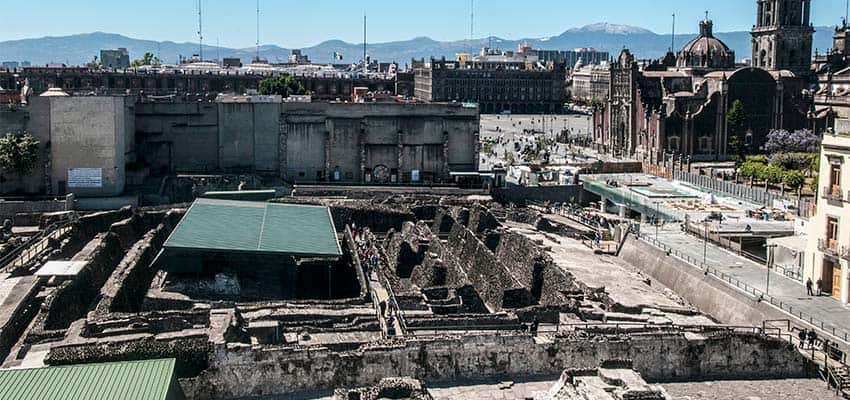
Seeking to unravel some historical mysteries, archaeologist Erika Lucero Robles Cortés’ research into the remains of Mexica-era crocodiles has taken her in unexpected directions.
Robles was fascinated by the remains that late-20th-century excavators had found in the Templo Mayor of Tenochtitlán, in what is now modern-day Mexico City. There have been 21 remains found within the site, along with eight pendants incorporating crocodile teeth, all dating back about 500 years.
The remains were unearthed in ritual deposits and offerings, as well as in a dignitary’s tomb.
In most cases, their skin had been painstakingly kept intact.
Robles has studied the crocodile’s significance in contemporaneous sources such as codices and has noted that the reptiles are not endemic to central Mexico. Their natural habitats in the Gulf of Mexico, the Caribbean Sea and the Pacific Ocean were hundreds of miles away from the Mexica (Aztec) capital.
“Airplanes, and all the ways of transport we have now, didn’t exist,” Robles said. “We can imagine it was very difficult to transport all the animals from other parts of the empire to the center of Mexico.”
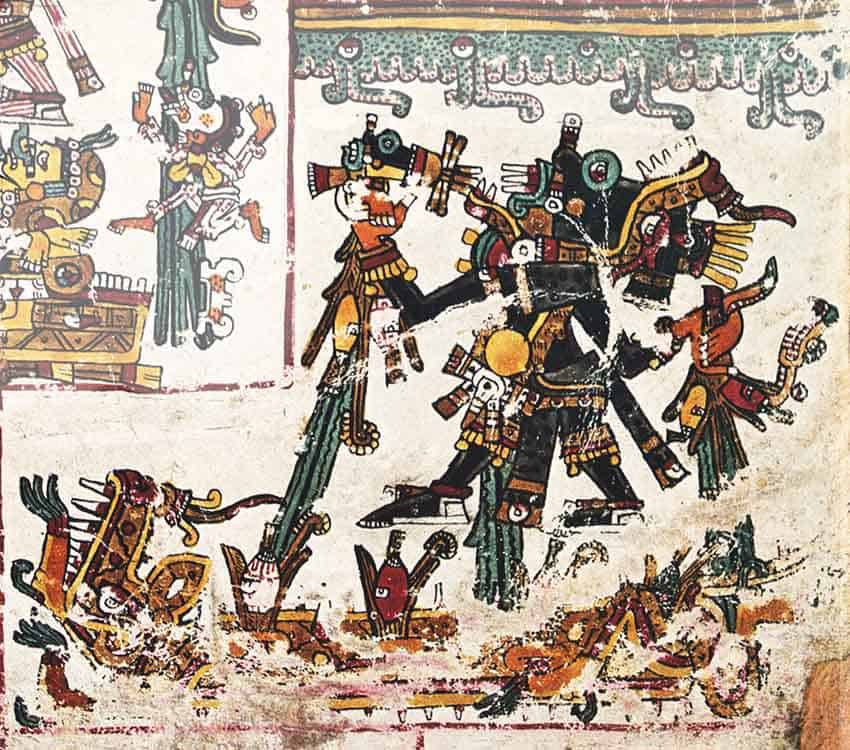
Yet, she added, “It was difficult but I suppose very important to the Mexica.”
For over a decade, Robles worked for the Templo Mayor Project as a researcher. She published her findings on crocodiles as a book in August 2022.
To research how and why the Mexica brought these large, dangerous reptiles to Tenochtitlán in pre-Hispanic times, Robles researched present-day crocodiles before branching into other fields, including biology. Her experiences included learning about how crocodiles are trapped and transported today.
Joining biologists for a catch-and-release expedition on the Banco Chinchorro island in Quintana Roo, she saw the species’ full range of size — from diminutive hatchlings to an awe-inspiring nearly nine-footer.
She even participated in a nighttime trapping journey, watching as the beady eyes of a massive reptile broke the surface of the water before it was captured.
Trying to catch a crocodile can be deadly for both the hunter and prey. As Robles wrote for the Harvard University publication ReVista in February, a roped crocodile can break free with enough force to dislocate a human arm, while a captured specimen can become so frightened that it suffers a lethal glycemic shock.
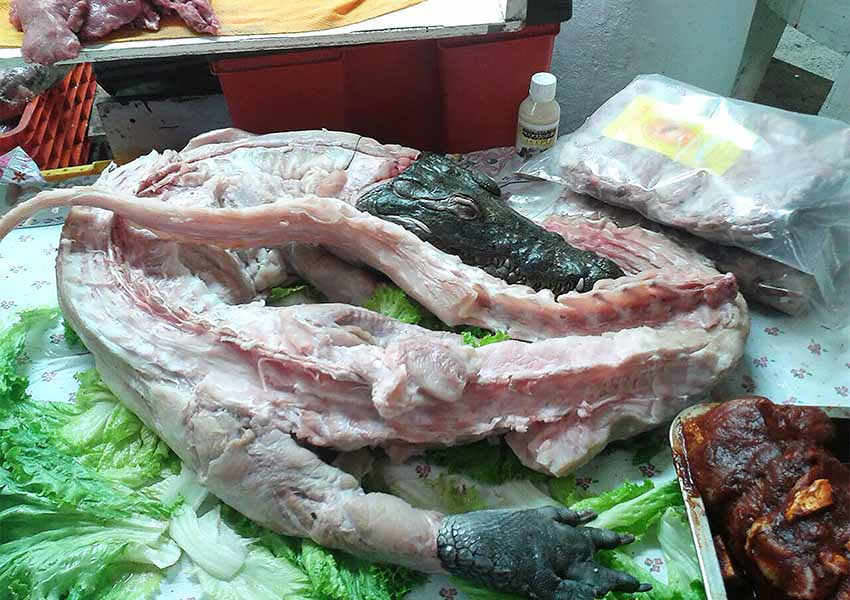
Another discovery came after she discussed crocodiles with a taxidermist in Tapachula, Chiapas, who happened to have hunted a relative of the species — the caiman — in the 1970s. As explained in the ReVista story, although the hunter and his colleagues used modern equipment such as shotguns, they killed smaller caimans with a blow to the head, leaving the pelt intact.
In her book, Robles marveled at the fact that a crocodile pelt from the Templo Mayor also had a pair of head wounds, one of which may have been the death blow.
“I think it was very difficult in the past,” Robles said. “If the person wanted a crocodile alive, they had to know about the behavior of the animal and different techniques of catching them.”
As for why it was so important to bring the animals to the Templo Mayor, she noted their significance in the Mexica’s cosmology and religion.
“The crocodile symbolized many things,” Robles said. “For example, its mouth represented the underworld. The plates all over the back represented the earth. Also, the crocodile represented the fertility of the earth.”
Their remains were placed in Aztec ritual deposits to represent the earth, joining other terrestrial or semi-terrestrial reptiles such as turtles and snakes.
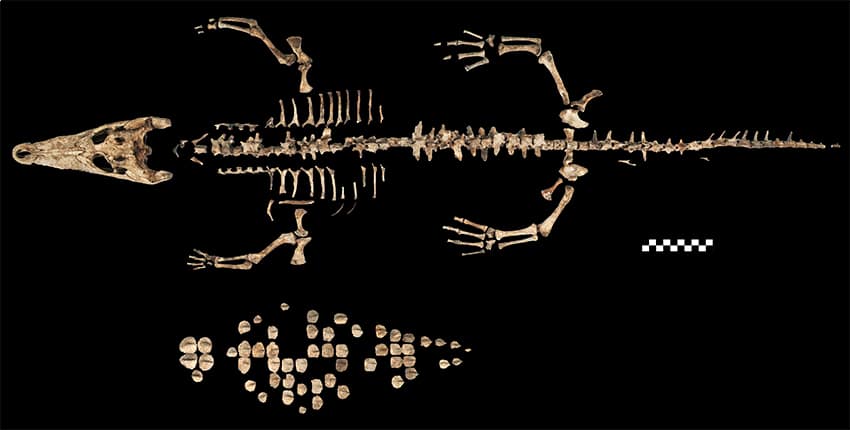
She added that cipactli (thorny being), one of the Nahuatl names for the crocodile, is also the name of “the first day of the calendars of [peoples] in Mesoamerica. And so the animal is linked with the earth, with the underworld, with fertility, with the days in the calendar, with creation and also with water.”
Even today, Robles noted, “In many towns, the people think crocodiles can call the water, the rain.” She cited contemporary festivals in which residents dress as crocodiles to ask for rainfall and a festival in San Pedro Huamelula, Oaxaca, involving a symbolic marriage between the mayor and a reptile variously described as a crocodile, caiman or alligator.
Underscoring the crocodile’s continued significance, its body parts are sold in Mexican markets, sometimes for magical purposes — as Robles learned from visits to places like the Mercado Sonora in central Mexico City, famed for its sales of animal parts (and live animals) for rituals.
While these excursions deepened her knowledge, she had to go elsewhere to understand the skeletal composition of crocodile remains from the Templo Mayor. She mentioned the Tapachula taxidermist as among the helpful sources in this regard.
“I made many trips to … Tapachula [and] Quintana Roo to understand the animals’ behavior, techniques, [and] understand the bones,” Robles said. “I had the opportunity to go to a zoo in Toluca and another in Chiapas to know the animals. At the Toluca zoo, I had the opportunity to take a course about handling these animals.”
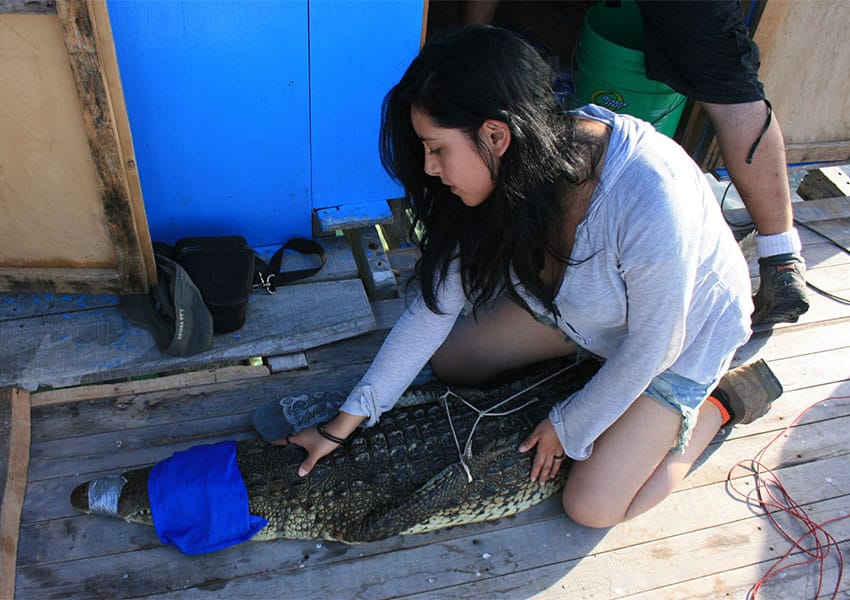
“All these things gave me another lens to understand these animals,” she said.
Rich Tenorio is a frequent contributor to Mexico News Daily.
Source: Mexico News Daily

